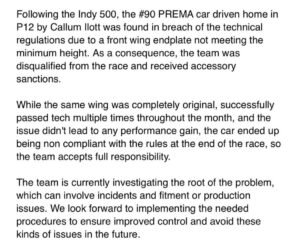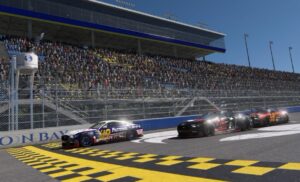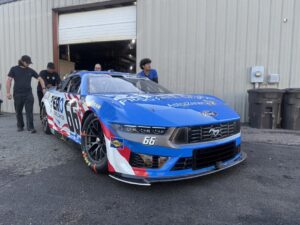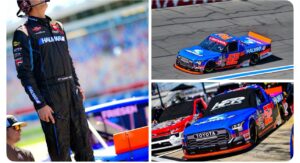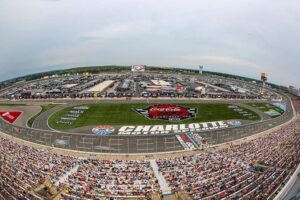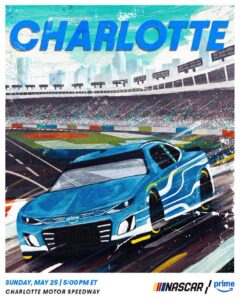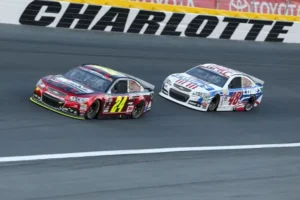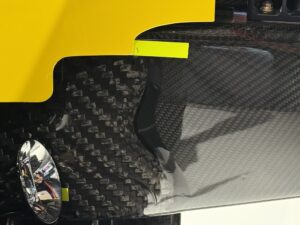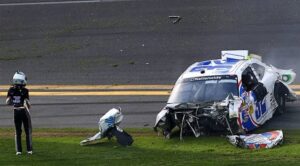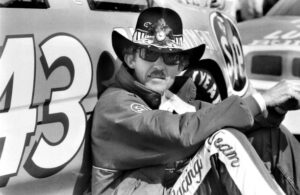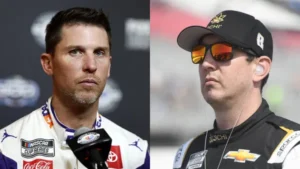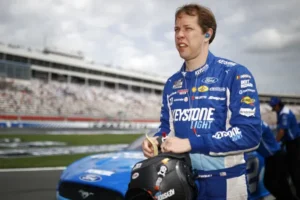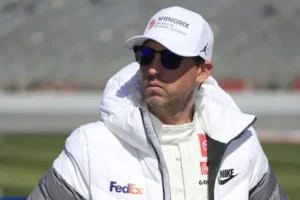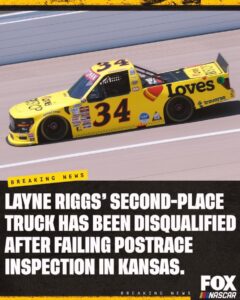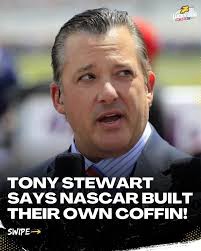Introduction: The Heartbeat of NASCAR
Short tracks—the bullrings of Bristol, Martinsville, and Richmond—have long been NASCAR’s soul, offering gritty, wheel-to-wheel racing that embodies the sport’s grassroots origins. Yet these venues, once the lifeblood of NASCAR, are struggling. Fans and drivers alike lament stagnant races plagued by single-file parades and minimal passing, threatening the very essence of what makes short-track racing special.
The Problem: Why Short Tracks Are Faltering
The introduction of NASCAR’s Next Gen car in 2022, while enhancing safety and cost efficiency, inadvertently neutered short-track excitement. The car’s standardized design and durable tires reduced performance disparities, making overtaking nearly impossible. Aerodynamic tweaks intended for speedier superspeedways left short-track racing starved of the slipstream battles and tire-wear strategy that once defined it. Recent races, like the 2023 Martinsville event—notorious for its lack of lead changes—highlight the issue, with plummeting TV ratings and half-empty grandstands underscoring fan discontent.
The Proposed Solution: A Pricey Overhaul
An unnamed industry insider, reportedly a veteran team engineer, suggests a radical fix: develop short-track-specific car configurations. This would involve redesigning aerodynamics to reduce downforce, reengineering suspensions for better mechanical grip, and collaborating with tire suppliers to create softer compounds that degrade rapidly, rewarding tire management. Additionally, the proposal includes track surface treatments to increase abrasiveness, akin to NASCAR’s 2023 experiment with Bristol’s resin application.
The Cost: Financial and Operational Hurdles
Such changes come with steep costs. Teams would need separate inventories for short-track setups, straining smaller teams already battling budget constraints. NASCAR and tracks would face logistical and financial challenges, from R&D investments to potential repaving projects. Critics argue this could widen the gap between wealthy teams and underfunded competitors, risking a two-tiered field.
Reactions: Skepticism and Hope
While fans on social media demand action (“Fix the racing or lose the fans!”), team owners are divided. A mid-tier team manager warns, “This could bankrupt smaller operations.” Yet proponents insist the sport’s identity is at stake. “We’re saving NASCAR’s roots,” the insider asserts. “Yes, it’s expensive, but what’s the alternative—letting short tracks die?”
Conclusion: A Necessary Gamble?
NASCAR faces a pivotal choice: invest in preserving the visceral thrill of short-track racing or risk alienating its core fanbase. While the price tag is daunting, the insider’s proposal underscores a harsh truth—evolution requires investment. As the sport balances tradition with innovation, the path forward may demand swallowing a bitter pill to secure a sweeter future.
Final Thought
The debate mirrors NASCAR’s eternal struggle: honoring its blue-collar heritage while navigating modern economics. Whether this costly solution gains traction or not, one thing is clear—the clock is ticking for short tracks, and the sport must act before its bread and butter becomes stale.









